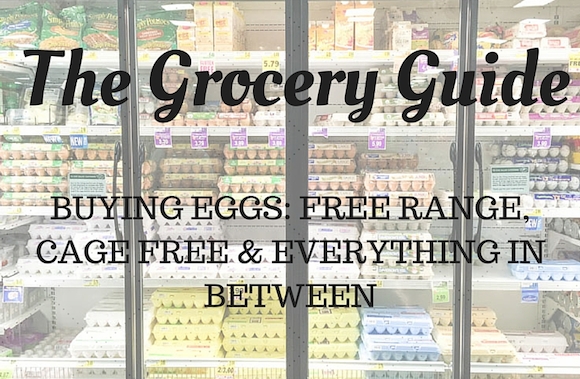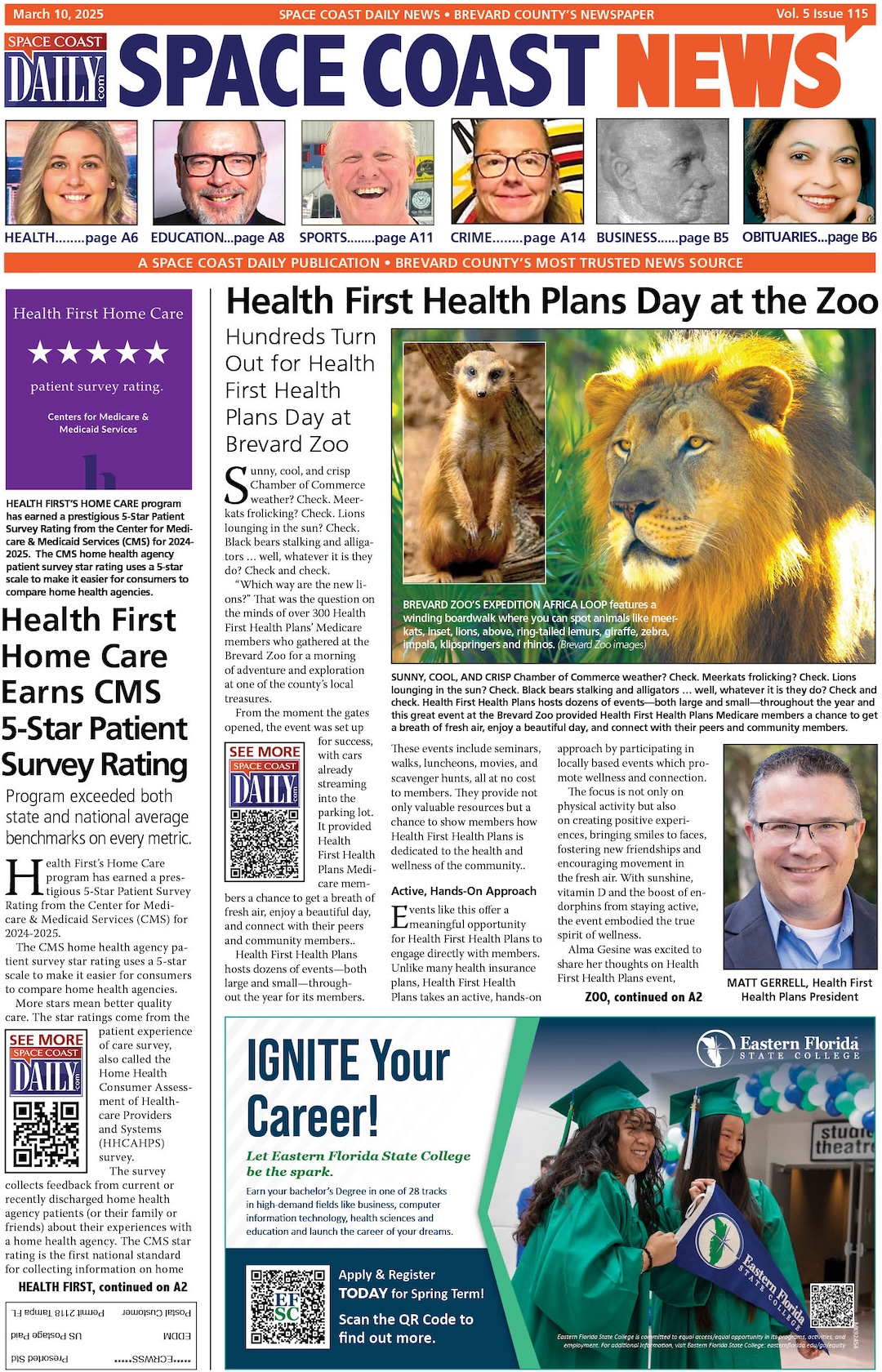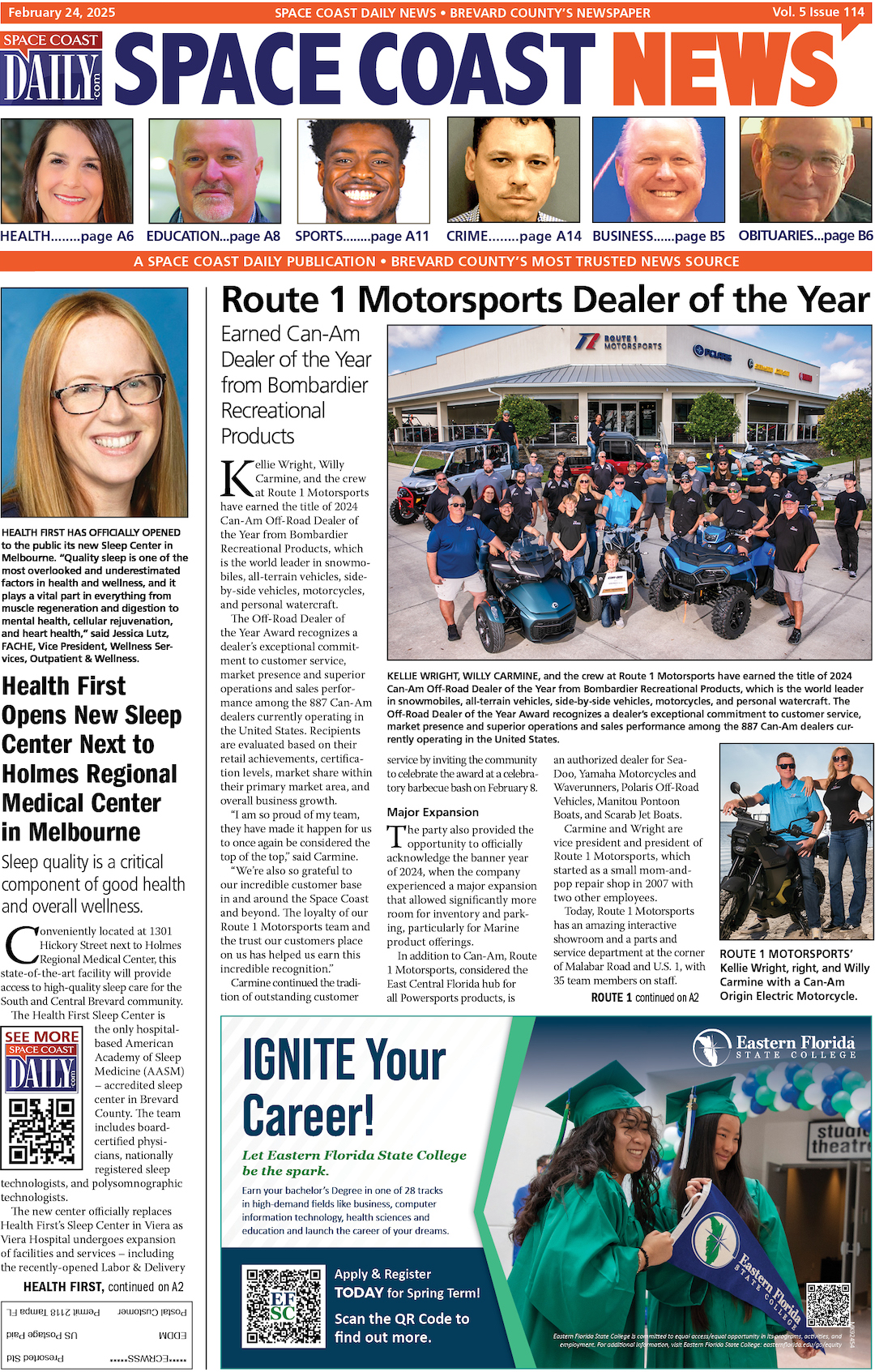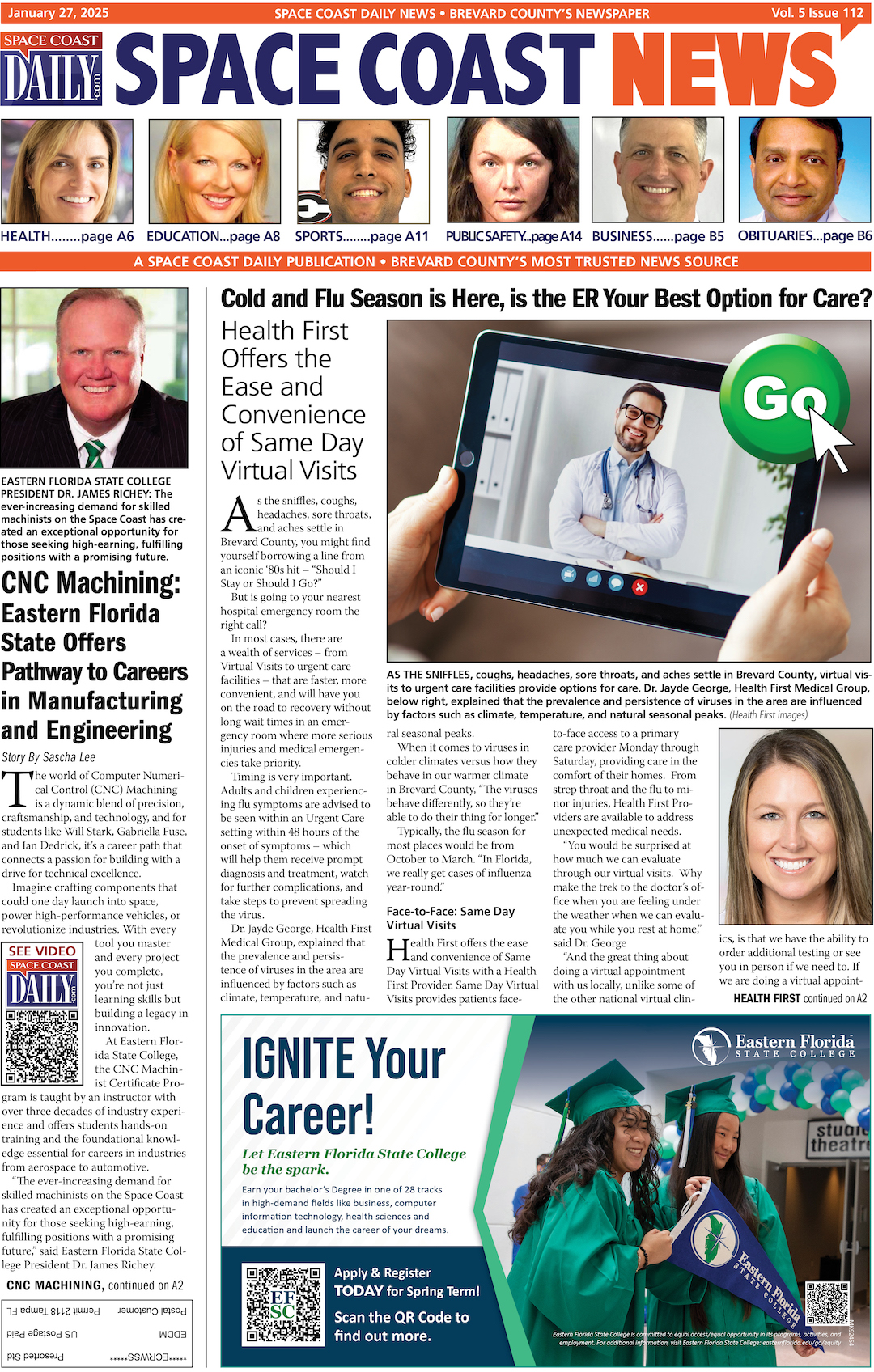The Fresh Beet: Making Sense of the Claims On Egg Cartons
By Ashley Galloway, MS, RD // August 26, 2015
THE FRESH BEET — How daunting is the egg isle at the supermarket? Just about as daunting as the milk, yogurt and meat sections, right?
These next string of posts on the Grocery Guide will focus on what these labeling claims actually mean for each product so you don’t waste anymore precious time pondering over the matter.
CAGE FREE
You may envision this to mean hens, not confined to cages, happily clucking around a spacious red barn. Yes, these hens are technically cage free and may have the ability to run around, spread their wings and lay their eggs in a nest (unlike battery caged hens).
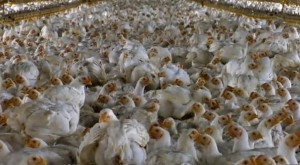
But they are still confined to a space filled with thousands of other hens, are debeaked because of the stress-induced pecking at other hens (a result of living in close proximity with others), and are transported long distances to slaughter without food and water.
They also do not have access to the outside. Although this sounds like less than a mediocre life, it’s far better than those that do live in cages.
According to the Coalition for Sustainable Egg Supply (and this awesome NPR article), 95 percent of eggs in the U.S. come from chickens raised in something called battery cages.
These cages house anywhere from four to 12 birds, giving each bird roughly 67 square inches of floor space (that’s about the size of an iPad). The term “cage-free” is regulated via the United States Department of Agriculture (USDA), division of Agricultural Marketing Service (AMS).
FREE RANGE
This term is also defined by the USDA AMS where in “free range” and “free roaming,” the cage free criteria apply and, in addition, the hens must be allowed access to the outside for a significant portion of their life or production cycle.
The terms “access” and “significant” are not defined. There are no limits on the number and size of exits, size of the outdoor area, animal density or flock size.

And according to an FDA report, these typical “free range” situations usually fail to provide an outdoor area with features attractive to hens, such as adequate space, forage and protection from predators and environmental elements.
As a result, “free range” hens tend to spend most or all of their time inside where feed is easily available. All of this suggests little practical difference between the claims “cage free,” “free roaming,” and “free range.”
Only the labeling claim “pasture raised” likely represents genuine outdoor-raised hens.
There are third party certifiers like Humane Farm Animal Care (HFAC), who deem their “Free Range” label to mean each bird is given 2 sq. ft while inside. The hens must also be outdoors, weather permitting (in some areas of the country, seasonal), for at least 6 hours per day. It’s important to note that these third party certifiers have no financial ties to the industry (at least they shouldn’t).
ORGANIC
What You Might Think It Means: Chickens with hemp bracelets and yoga pants change the sign on their coop from “Chicken Coop” to “Chicken Co-op,” then begin composting. (Way too funny not to share)
Organic means that chickens are free range (cage free and have access to the outside), fed organic feed (no pesticides), and receive no hormones or antibiotics.
PASTURE RAISED
According to the same FDA report, pasture raised egg and poultry operations often provide portable, open-sided shelters that are placed in patches of pasture surrounded by portable fencing.

At regular intervals the shelters are moved to new locations to protect the vegetation, distribute manure, and provide a new source of seeds for the birds. However, this term isn’t strictly regulated so farms may vary in their production practices.
HFAC’s Certified Humane® “Pasture Raised” requirement is 1000 birds per 2.5 acres (108 sq. ft. per bird) and the fields must be rotated.
The hens must be outdoors year-round, with mobile or fixed housing where the hens can go inside at night to protect themselves from predators, or for up to two weeks out of the year, due only to very inclement weather.
FARM FRESH
It means nothing. Ignore it.
ALL NATURAL
As defined by the USDA, this term ensures that there has been no added color or artificial ingredients, and that the product is minimally processed. Minimal processing means that the product was processed in a manner that does not fundamentally alter the product.
Eggs should just be just that – eggs. Slapping the term All Natural on a carton of eggs is just silly and means nothing. Don’t give your money to silly people.
NO HORMONES
Although the FSIS regulates this claim, they do not test for the presence of hormones to verify labeling claims. However, it is illegal to use hormones in poultry so there better not be any hormones in those eggs.
ANTIBIOTIC FREE
While this term is regulated, antibiotics are often times used sub therapeutically in large production farms to prevent the spread of disease caused by animals living in close proximity.
 These producers are required to stop the use of antibiotics within a specific time period before slaughter.
These producers are required to stop the use of antibiotics within a specific time period before slaughter.
Some farms however, will only use antibiotics to treat disease. In this case, they may use the label “No sub therapeutic antibiotics added” or “Not fed antibiotics.” For the love of sustainable agriculture, go for the latter choice if possible.
OMEGA-3
This just means the diet of hens was fortified with omega-3 either in the form of a supplement or some flax meal mixed into their feed.
VEGETARIAN FED
This is funny because hens are not inherently vegetarian. They are omnivores and when raised free range, they feed on worms and other insects. A Vegetarian Fed Label probably means their diet is full of corn.
CERTIFIED HUMANE
Although the USDA does not approve nor use this term, third-party certification programs endorsed by animal advocacy organizations like “Certified Humane” and “Free Farmed” do.
They are significantly more meaningful to animal welfare than industry quality assurance schemes (which is something like “Animal Well-Being Assured” on the label).
This term is often used in conjunction with the USDA Organic seal, and the Certified Humane term ensures that the eggs are Free Range. Another reputable humane third party certifier is Food Alliance.
ARE SOME MORE NUTRITIOUS THAN OTHERS?
One study found that pasture raised eggs have double the amounts of Vitamin E and Omega-3’s, a healthier ratio of omega-6:omega-3, and a higher concentration of Vitamin A. There are some articles circulating on the internet that say free range eggs have a lower cholesterol and total fat content than do caged, but it’s not supported in the literature.

As a strong advocate for a sustainable future, I recommend a Certified Humane product that is Pasture Raised.
Large scale production practices (aka conventional eggs and often times cage free) cram tons of birds into small places, increasing the risk for disease (hence the recent Avian Influenza outbreak and resulting egg shortage) and the need for sub therapeutic antibiotic use (another issue on it’s own).
Even better, buy eggs from your local farmer’s market and visit a local farm to see what production practices are in place.
ABOUT THE AUTHOR

Ashley Galloway, an Indialantic native who graduated from Holy Trinity Academy, received her Master’s degree in Nutrition from Florida State University and has since worked as a clinical dietitian in a variety of settings from pediatrics to adult kidney transplant to nutrition research. She currently works on the frontline of preventative care as the campus Dietitian for the College of Charleston in South Carolina. Ashley started a food blog called The Fresh Beet, which is a space she uses to share her passion for healthy cooking and to teach others how to live healthier lives using nutrition as medicine.

